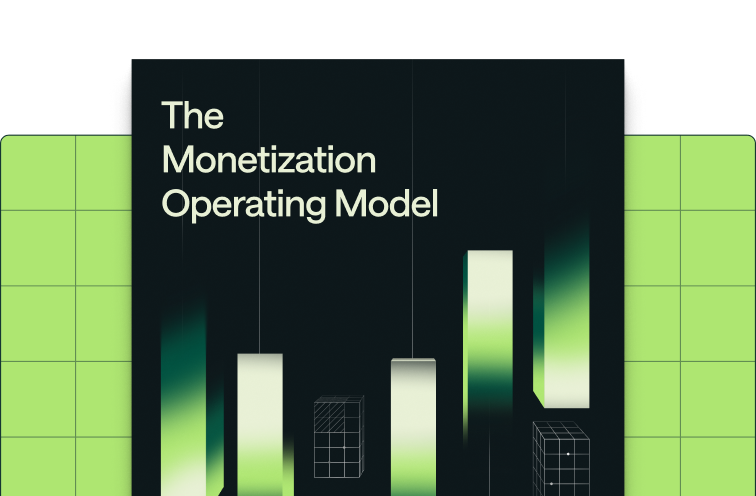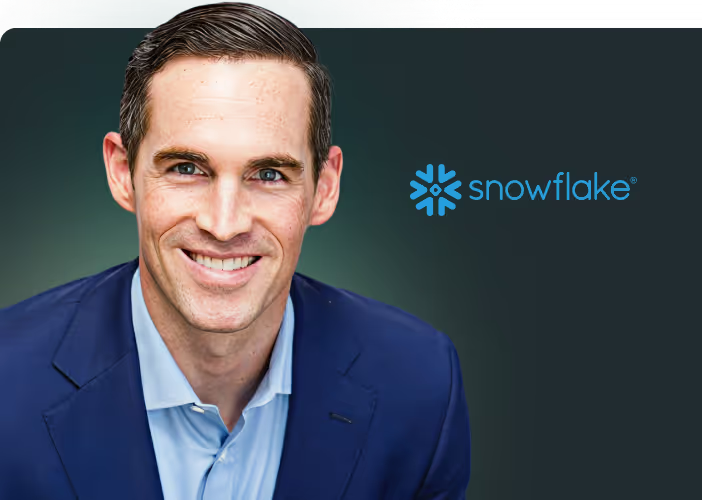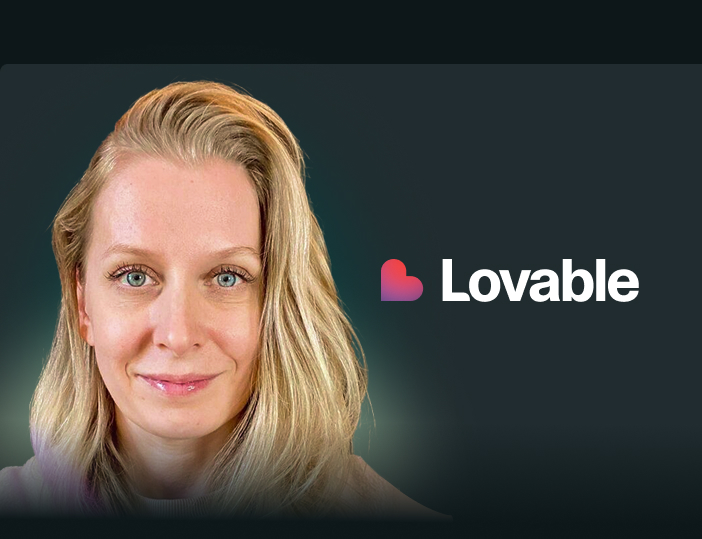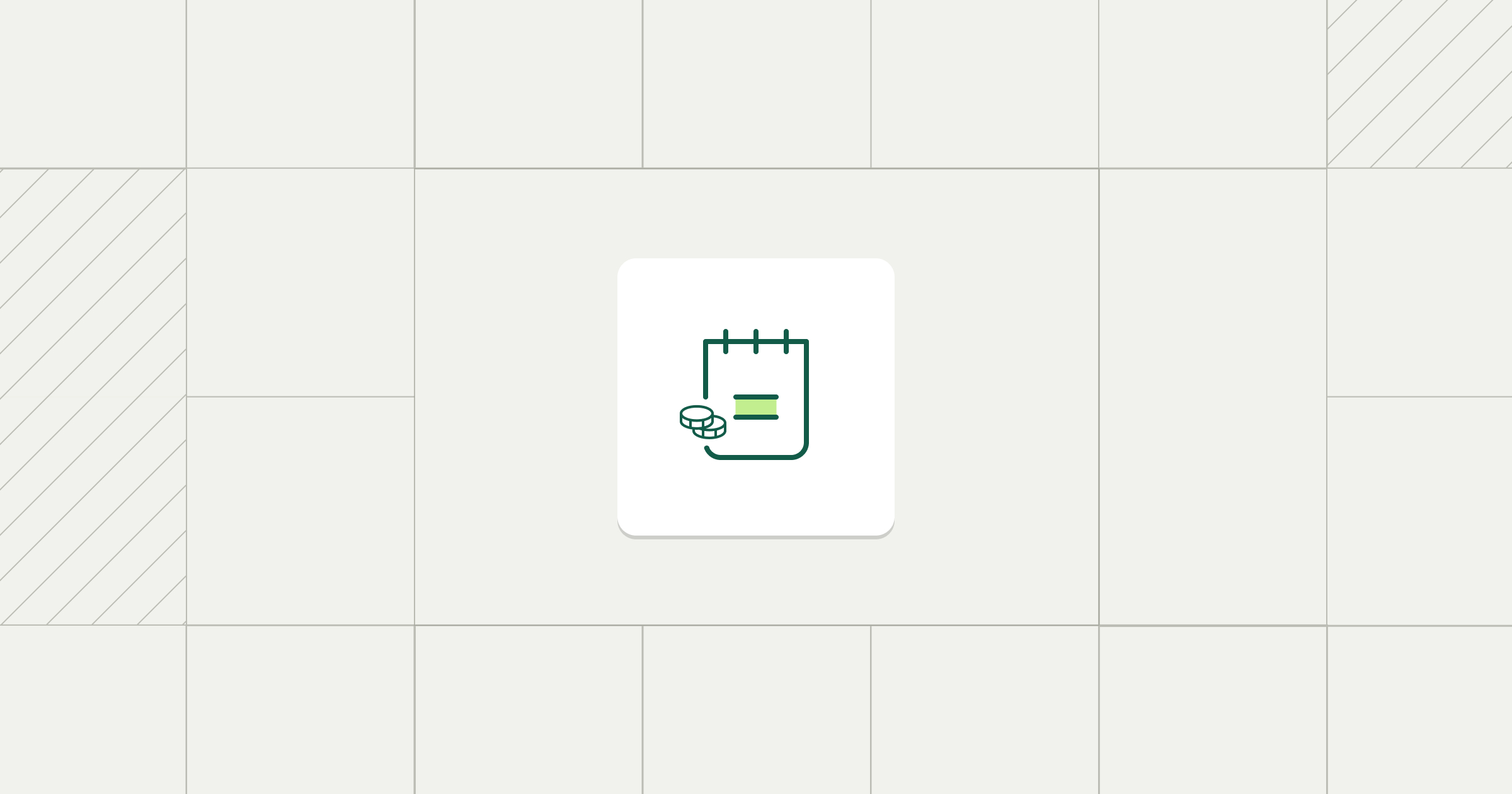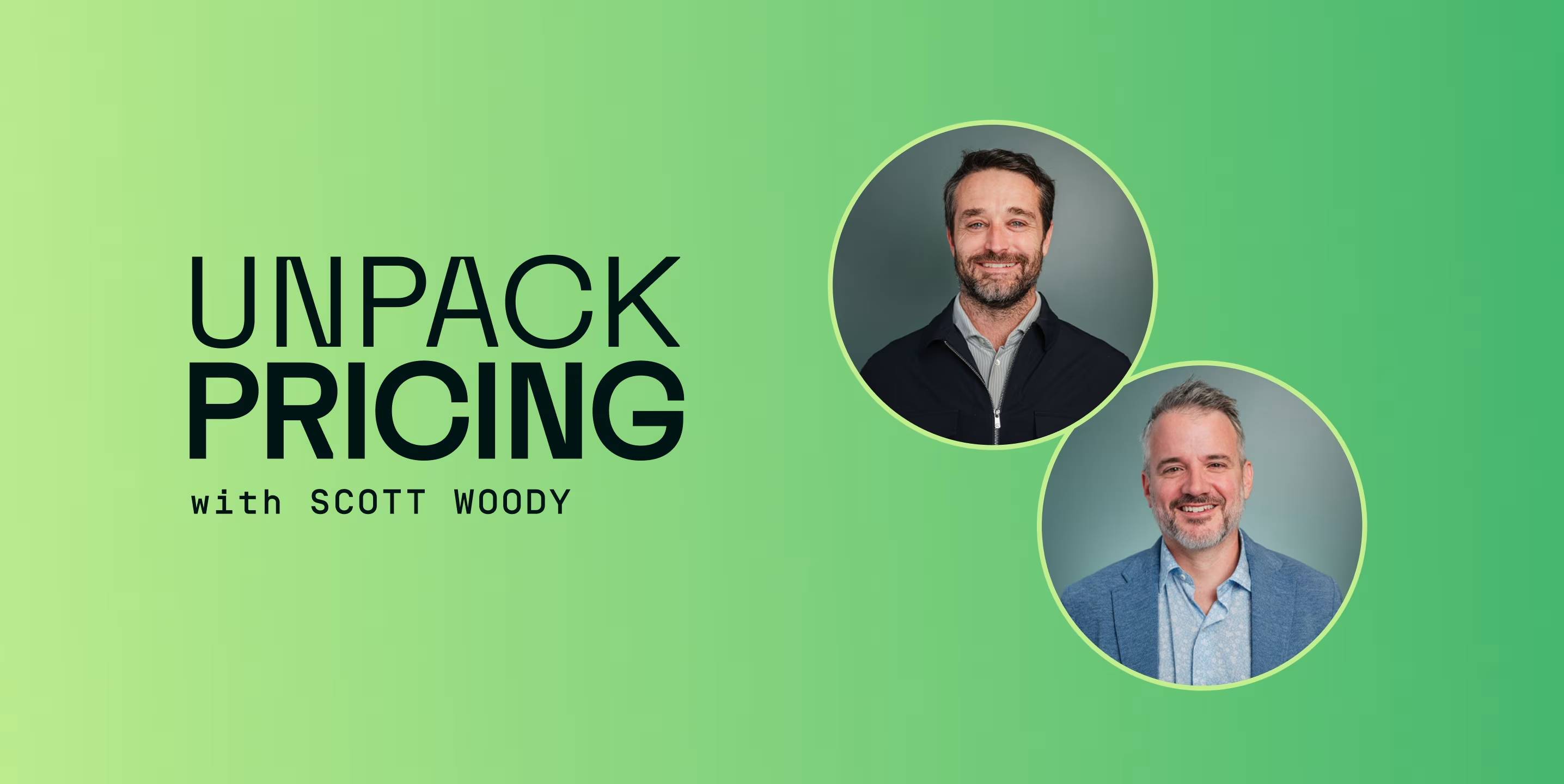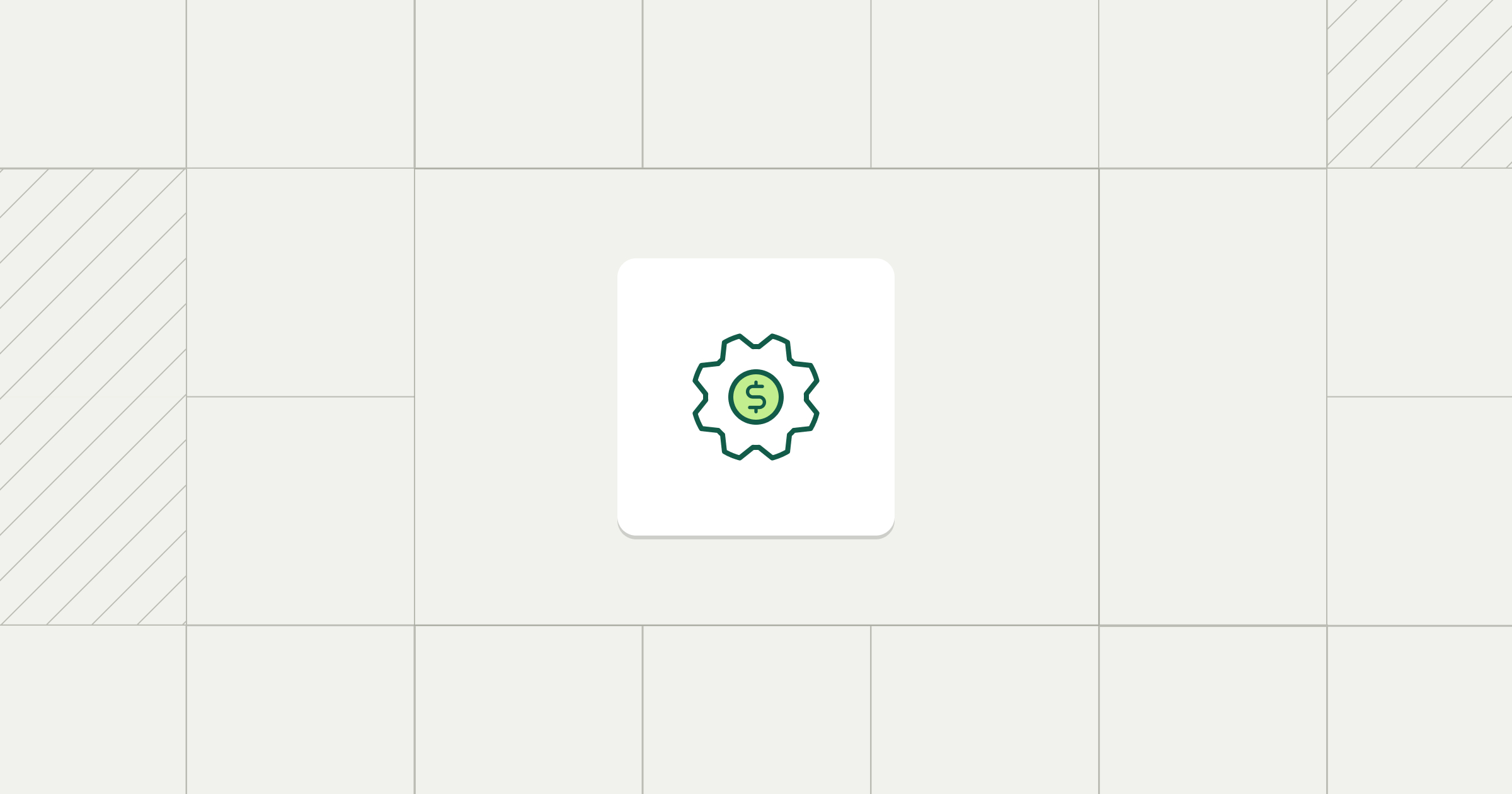Share
At this year’s Monetize conference, one idea united the conversations:
The future of monetization looking very much like a new engineering discipline.
As AI copilots and agents begin to do the work humans once did, the basic unit of value is breaking down. A “seat” no longer maps neatly to usage, and usage no longer maps neatly to revenue. Value delivery is now dynamic, distributed, and happening in bursts across products and surfaces.
That shift has changed the core question for every company in software. It’s no longer “What should our model be?” but instead is now “How do we run it?” In the AI era, monetization has become an execution problem (a systems problem, really) where speed, observability, and trust are the new strategic differentiators.
Monetization as engineering: How OpenAI embedded it in the stack
In her Monetize session, Sara Conlon, Head of Financial Engineering at OpenAI, described what it looks like when a company treats monetization as a platform problem instead of a finance project. When she joined the company, each product team had its own approach to transactions, billing, and payments. The result, she said, was fragmentation: duplication of effort, inconsistent customer experiences, and engineering fragility. Her mandate was to consolidate all of that work into a single financial engineering layer, a substrate that every product could plug into.
Her first step was about defining structure, with her top priority as understanding the company’s entity model, who they sell to, and engineer around that. That data model became the foundation for every other decision. If access and billing were misaligned, even something as simple as a spend limit could break. “If your billing is completely at the org level,” she explained, “then good luck implementing spend control.”
From there, Conlon’s team began building what she described as a box of Legos—modular components that product teams could reuse without reinventing billing logic. They built payment flows and fraud controls that balanced protection with user autonomy, usage dashboards that offered visibility for both self-serve and enterprise customers, and spend controls flexible enough to work at both the project and organization level. The goal wasn’t to dictate pricing decisions. It was to provide reusable infrastructure so product teams could move quickly without compromising accuracy or trust.
When that foundation didn’t exist, the consequences were immediate. Conlon recounted how a new model launch once triggered billing account creation for every free user, taking down parts of OpenAI’s systems. But the key here is that the root cause wasn’t operational; it was architectural. Billing logic had spread too far into product code. The team’s solution was to treat monetization like any other production system: modular, observable, and testable, with clear separation between access, metering, and billing.
Today, OpenAI’s financial engineering group is organized into four pods: pricing and packaging, monetization infrastructure, financial automation, and payments and internationalization. Each one is responsible for a specific layer of the monetization stack, and together, they embody two principles that now define how OpenAI ships changes.
The first is decentralized experimentation on a centralized substrate. Product teams can innovate on pricing and packaging, but they do so on top of a shared, governed foundation that enforces consistency and control.
The second is that they design for coexistence, not migration. As Conlon put it, “For better or worse, old models don’t go away.” A healthy system must support subscriptions, credits, and usage in parallel. The goal isn’t to replace one model with another, but to build a platform that can expand safely as the business evolves.
Leadership in the Value Era: Owning the system
If OpenAI’s story was about monetization architecture, the panel How to Win the Shift: The Rise of the Chief Value Officer was about monetization ownership. Moderated by Michelle Verwest of Simon-Kucher, the discussion brought together leaders from Salesforce, GitLab, and Astronomer to explore a familiar challenge: monetization touches every function, but it’s often owned by no one.
Justin Farris, VP of Monetization at GitLab, described years of circular debate over pricing and packaging… until the company changed the reporting line. When he began reporting directly to the CEO, decisions became faster and clearer. “He was actually probably the pricing dictator,” Farris joked, “but I was his second in command. Once we decided that, I had all the autonomy to execute.” That structure replaced consensus paralysis with accountable ownership.
Craig Shull, Chief Pricing Officer at Salesforce, described a similar shift, but whose clarity focused on the language surrounding the owning team. His team changed its name from pricing to monetization to signal its broader mandate. “I wanted people to think, I’m the chief monetization officer,” he said, “not just ‘I want to price this product’.” While that reframe might seem simply cosmetic, it gave his team permission to shape deal structures, upgrade paths, and sales incentives, all the connective tissue between price and behavior. Shull’s north star was simplicity: “When you confuse people,” he said, “you make them sad.”
Mandar Kulkarni, now Director of Product Management at Astronomer, spoke about his time directing Confluent’s product management teams. He talked about designing monetization as a closed loop from feature to revenue. While every product manager ships features, he explained how it’s unlikely to find 10 product managers who know everything about how to monetize the feature and how to build the cost structures. It was his job to oversee costs, billing, and pricing together inside product. The solution, he said, is to centralize the monetization role and give it authority across the full chain, from how a feature becomes revenue.
The panel’s collective message was clear: pricing, finance, and engineering can’t operate as parallel tracks. Whether it’s a Chief Value Officer (CVO), a head of monetization, or a platform team, someone must own the full system: the data, the processes, and the decisions that connect product to revenue.
In her own session at the conference, Conlon agreed, but with a caveat. For highly technical cultures, dropping in a “value czar” (or CVO) can create friction. Instead, she argued for a platform model: a central team with direct executive access that provides visibility and governance, while allowing distributed product teams to move fast. In other words, ownership doesn’t always have to be singular, but it does have to be systemic.
The new requirement: Revenue observability
Across the conference, one analogy came up again and again: monetization is a distributed system. Just as site reliability engineers monitor uptime and latency, monetization teams now need real-time observability into usage, costs, and revenue flow.
Conlon’s team approaches this with rigor. Every pricing change and month-end close triggers a retrospective: What failed? What can be automated? Those feedback loops drive incremental automation and trust. Shull described a similar practice at Salesforce, where the company runs an executive “consumption transformation” meeting twice a week to align pricing models with quotas, compensation, and system behavior. Without that level of alignment and visibility, he warned, “it’s dead in the water.”
It’s important to note that revenue observability isn’t reporting; what it is is operational control. It means tracing an event all the way from usage to recognition and ensuring that every number can be explained in one click. It also means building guardrails so failures are contained: fraud triggers that shut off safely, rate limits that prevent runaway spend, and clear separation of access from billing logic. Observability creates resilience internally and trust externally. Customers see what they’re paying for. Finance sees what’s accruing. Everyone sees the same source of truth.
From system to discipline
What emerged across both sessions is a shared philosophy. Monetization, like reliability, needs engineering principles.
The first is that structure comes before strategy: model your entities before you model your prices. OpenAI’s entity-first approach created coherence between who it sells to and how billing behaves.
The second is that boundaries create reliability. Separate access, metering, and billing so that one failure doesn’t cascade.
The third is that coexistence is the real measure of maturity. Again, as Conlon put it earlier: “Old models don’t go away,” and in the AI era, the winning systems are those built to expand, not replace.
Treat monetization like production infrastructure
The throughline from these conversations is unmistakable. With AI-era products, monetization is not a finance side project. It’s an engineering and leadership discipline. The companies that will win are those that engineer their monetization systems like production infrastructure: resilient, observable, governed, and designed for iteration.
OpenAI’s financial engineering team shows what that looks like in practice. The leaders at GitLab, Salesforce, and Confluent show how ownership and visibility make it durable.
Together, they point toward a new kind of business architecture, where pricing, product, and engineering share a common operating model for how value is measured, delivered, and trusted. And that, more than any new metric or billing model, is what it means to engineer monetization for the AI era.
Watch all available Monetize 2025 conference sessions.
If these sound like the kinds of conversations you need to be involved in, sign up to get updates about Monetize 2026.


